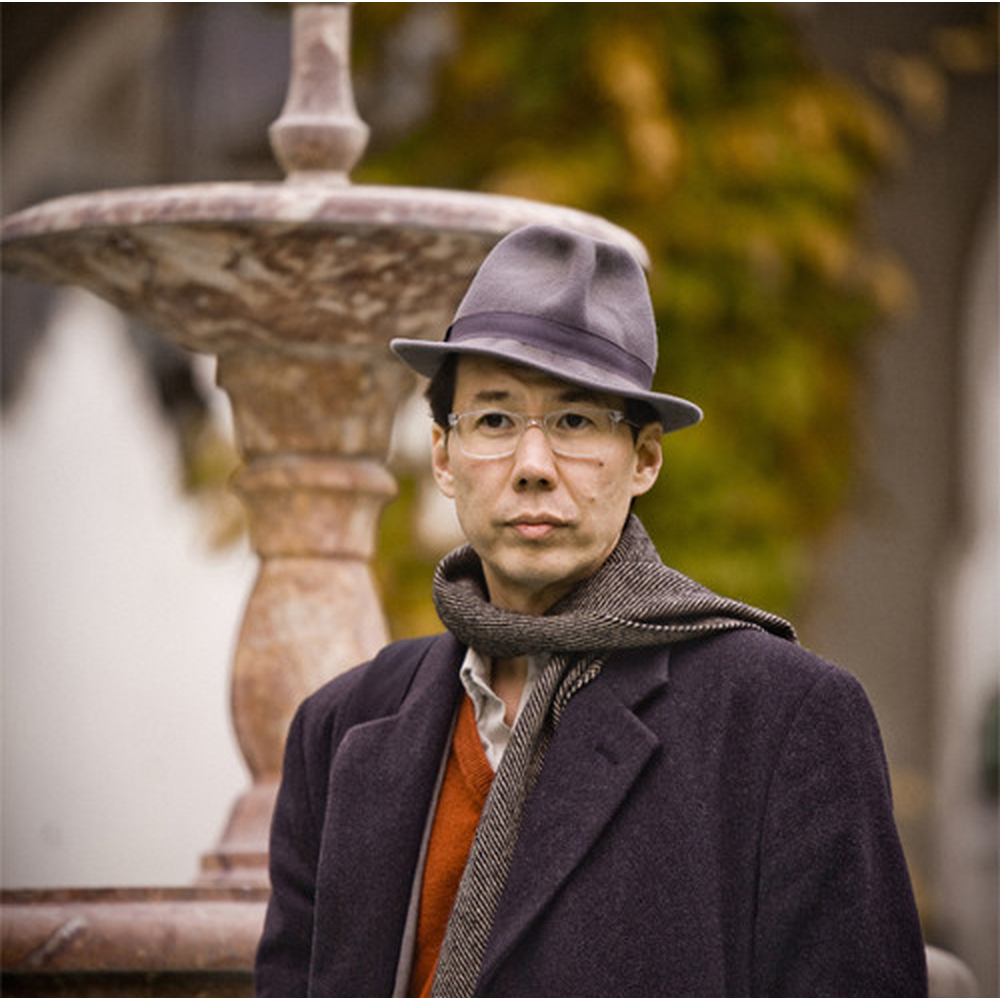Day 44: Eyvind Kang’s beautiful, jarring musical rejoinder to Kader Attia, “The Loop”
“The game is to overturn the Pythagorean conception of the string, its harmonics and their respective relations with the series of natural numbers. Under this hegemony, the sound object is conceived of in terms of, or as a number, which in turn becomes the condition for physical structures of the body, initiating sound-action from the executive neurological capacity alone . . . These dynamics, when set into motion, exceed all models founded on transverse vibrations of the string and suggest resonant capacities and emergent properties in the manner of a complex physical system. In practice, the game of Harmonic Criticality is an entrainment with the instrument as object on a neurophysiological level which can be extended to the biochemical and mineral substrates.”
***
Join the conversation!
Register for an account here: http://conversations.e-flux.com/signup
Superconversations is a collaboration between
e-flux & The New Centre for Research & Practice
